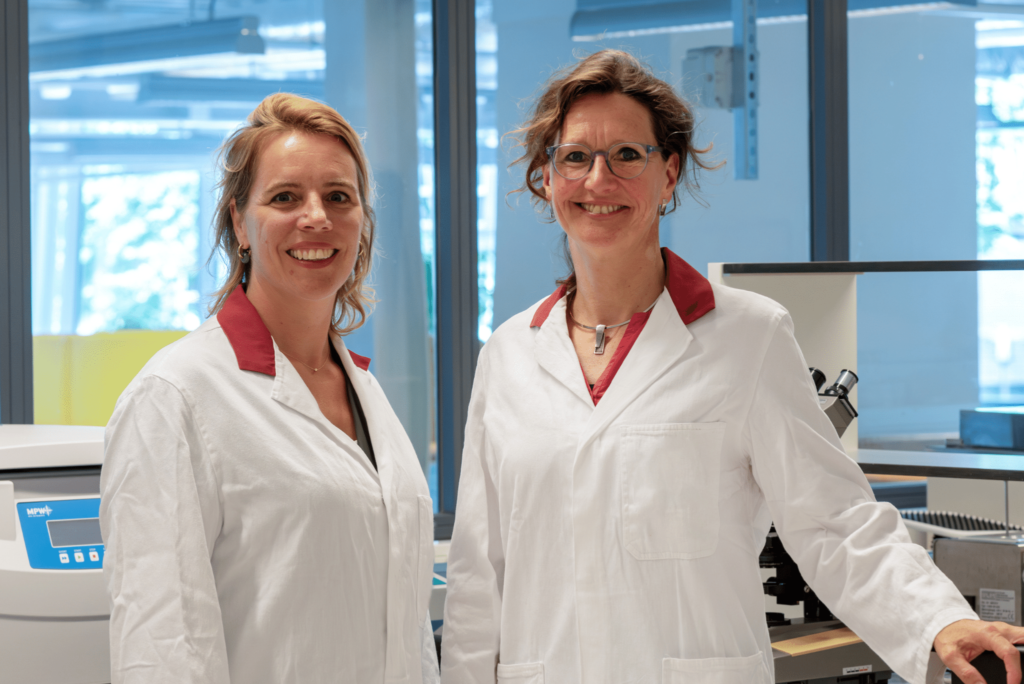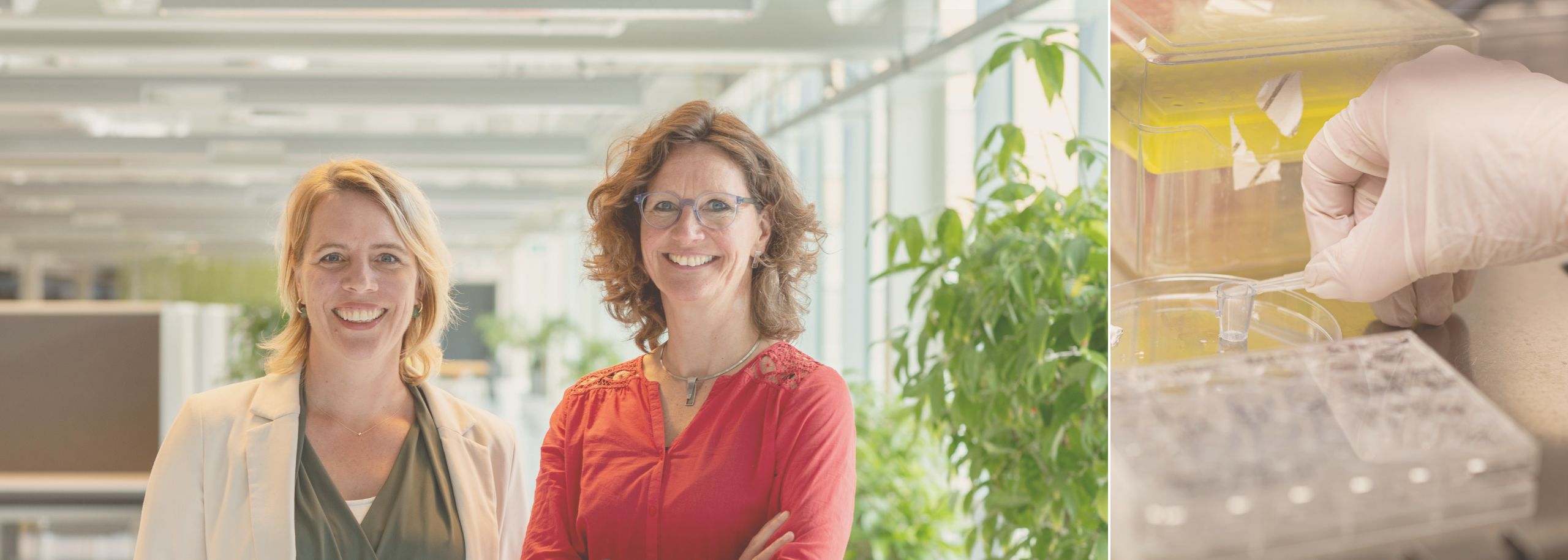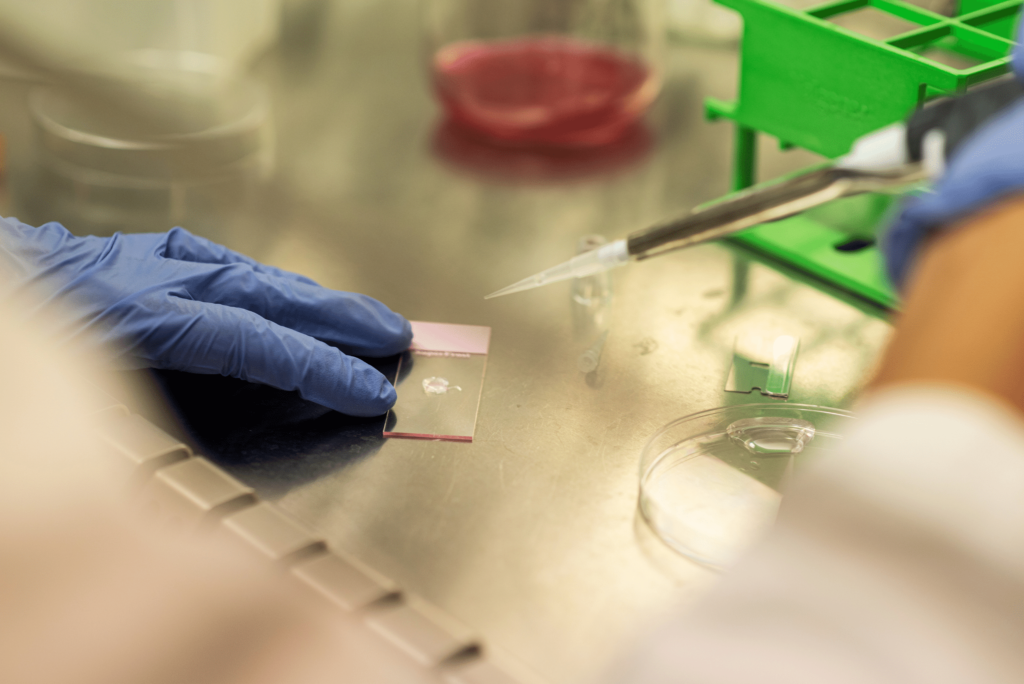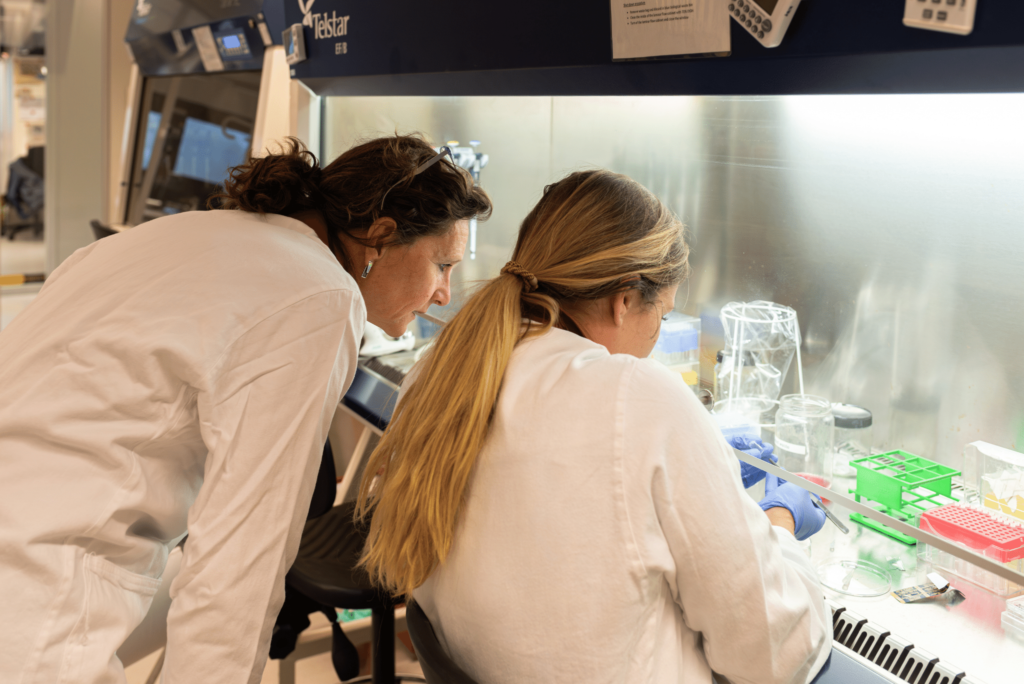A platform fueled by human data that makes all existing and future information on substance safety available to researchers worldwide. This is what people from more than 30 collaborating partners are working on. We talked to Cyrille Krul and Anne Kienhuis, who along with Juliette Legler, are the initiators of the unique international project “Virtual Human Platform”, a project that ultimately has the potential to render animal testing within safety research obsolete.
It all began at the Utrecht University of Applied Sciences (HU), in a small room where Cyrille and Anne are sitting together behind the webcam during the interview. A plain wall, the bright red letters of the HU on the window. “Not exactly an inspiring space, no,” they laugh. “More like a box.” Yet, this is where they first brainstormed in 2018. Cyrille says, “I had been thinking for a while that the assessment of substance safety needed to be revamped and was sure that Anne and Juliette felt the same way.” This marked the beginning of their work on the Virtual Human Platform, also known as a computer model of the human body.
Research on substance safety
Cyrille works at HU, Anne at the National Institute for Public Health and the Environment (RIVM), and Juliette at the Utrecht University (UU). All three of them have backgrounds in toxicology, the science that deals with the effects of toxic substances on biological systems. And a human, of course, is also a biological system. The results of animal tests often do not translate well to humans. A platform fueled by human data can mimic human biology. The Virtual Human Platform integrates human data with information about chemical substances and how safe or unsafe they are.
Not focused on laboratory animals
That’s why Anne and Cyrille prefer not to talk about “replacing animal experiments.” Anne says, “By taking comparison as the starting point, you limit yourself. We don’t choose to tear down but to build up. We want to bring together and make accessible all the existing knowledge and the knowledge we gain in the project through research in, for example, test tubes or petri dishes.” Cyrille adds, “We see many researchers looking for ‘the best research model.’ However, different models can have different applications.” Anne says, “We challenge our colleagues to outline the possibilities and limitations of their models. And we bring together the data from all those models on the platform.”
Reducing it to its essence
This challenge began with listing what we actually want to know about the use of substances, apart from current testing methods. Everyone seems to agree on the basics. Cyrille states, “We all want to prevent medicines and chemicals from having a negative impact on people, so that everyone can live, work, and grow old safely and healthily.” Anne adds, “And that’s what makes our field so challenging. The effect of substances can be different for men and women, young and old, sick and healthy. These variables are not always considered in animal testing, but they are in the Virtual Human Platform.”
“The effect of substances can be different for men and women, young and old, sick and healthy. These variables are not always considered in animal testing, but they are in the Virtual Human Platform.”
Different expertise
The project involves not only toxicologists and data scientists, but also social scientists who know everything about how to involve people in major changes. Anne says, “That approach makes our project unique.” Cyrille adds, “And it’s essential. Of course, an approach must be demonstrably reliable, but that’s not enough. You also need societal support and have to educate people.” Anne mentions, “Currently, we are mapping out what different stakeholders, such as scientists, regulatory authorities, government, and citizens, need.”
The next step
Last September, all the teams came together to collaborate on the cases and bring all the threads together. Anne says, “Toxicologists will probably realize then that they don’t have all the relevant data, and data scientists will realize that they have nowhere to store the data being provided.” Cyrille concludes, “Ultimately, we want the platform to be suitable for all safety research, but we are testing it with three cases: kidney failure due to medication, lifelong exposure to pesticides, and thyroid-related brain development damage due to pesticides. We want to conduct more case studies, such as those focused on the safety of new proteins in food.” Anne adds, “We are doing everything in our power to make a tremendous impact with this project.”




